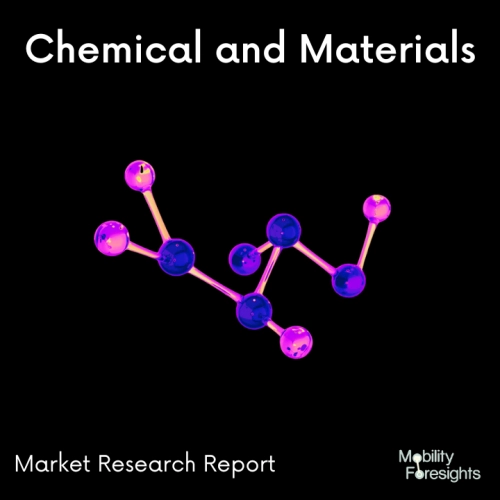
- Get in Touch with Us

Last Updated: Apr 25, 2025 | Study Period: 2024-2030
Sewing machines are meant to be lubricated with sewing machine oil. It typically has a mild viscosity and is colorless and odorless. Oil reduces friction, stops sewing machines from jamming, and shields metal components from rust damage.

To keep a sewing machine operating smoothly and silently, oil is required. As internal parts move or rotate with much less friction, it will last longer and sew more evenly.
The global sewing machine oil market accounted for $XX Billion in 2021 and is anticipated to reach $XX Billion by 2030, registering a CAGR of XX% from 2024 to 2030.
The largest consumer sewing machine manufacturer and maker of sewing machine oil in the world, SVP-Singer Holdings, Inc. and its wholly owned subsidiaries ("SVP Worldwide"), have finalized the acquisition of a majority share by Platinum Equity. A sizable stock position has been retained by the management and current shareholders.
Financial details weren't made public. Through its three renowned brands, SINGER, VIKING, and PFAFF, SVP Worldwide sells more than one in three consumer sewing machines globally.
The company's 180 owned and operated retail stores as well as a network of sewing machine dealers, mass merchants, specialized stores, online merchants, and wholesalers all sell its products. Manufacturing facilities, many R&D centers, including a brand-new, cutting-edge facility, a software development center, and a global supply chain with distribution hubs in every region are all part of the company's operations.
The transaction's financing was provided by BofA Securities. With regard to the transaction, Sawaya Partners LLC served as the exclusive financial advisor and Morgan Lewis as the sole legal counsel to SVP Worldwide.
| Sl no | Topic |
| 1 | Market Segmentation |
| 2 | Scope of the report |
| 3 | Abbreviations |
| 4 | Research Methodology |
| 5 | Executive Summary |
| 6 | Introduction |
| 7 | Insights from Industry stakeholders |
| 8 | Cost breakdown of Product by sub-components and average profit margin |
| 9 | Disruptive innovation in the Industry |
| 10 | Technology trends in the Industry |
| 11 | Consumer trends in the industry |
| 12 | Recent Production Milestones |
| 13 | Component Manufacturing in US, EU and China |
| 14 | COVID-19 impact on overall market |
| 15 | COVID-19 impact on Production of components |
| 16 | COVID-19 impact on Point of sale |
| 17 | Market Segmentation, Dynamics and Forecast by Geography, 2024-2030 |
| 18 | Market Segmentation, Dynamics and Forecast by Product Type, 2024-2030 |
| 19 | Market Segmentation, Dynamics and Forecast by Application, 2024-2030 |
| 20 | Market Segmentation, Dynamics and Forecast by End use, 2024-2030 |
| 21 | Product installation rate by OEM, 2023 |
| 22 | Incline/Decline in Average B-2-B selling price in past 5 years |
| 23 | Competition from substitute products |
| 24 | Gross margin and average profitability of suppliers |
| 25 | New product development in past 12 months |
| 26 | M&A in past 12 months |
| 27 | Growth strategy of leading players |
| 28 | Market share of vendors, 2023 |
| 29 | Company Profiles |
| 30 | Unmet needs and opportunity for new suppliers |
| 31 | Conclusion |
| 32 | Appendix |